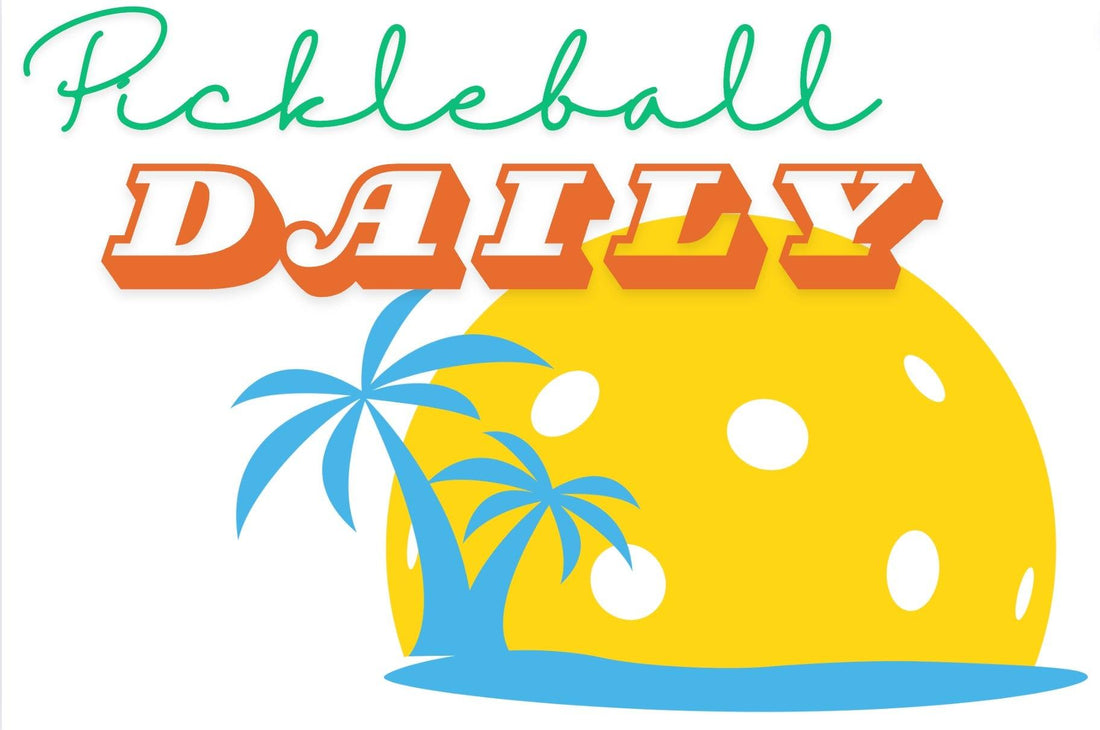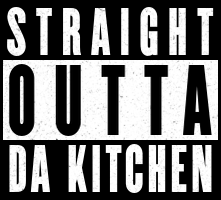
Pickleball Rules You Didn’t Know – Lesser-Known or Misunderstood Rules
Share
Pickleball, a sport that’s soared in popularity, is known for its fun and approachable nature. With its roots blending tennis, badminton, and ping-pong, many people assume they know all the rules just by association. But even seasoned players can be caught off guard by some lesser-known or misunderstood rules of the game. Whether you’re new to the court or a competitive player, understanding these nuances will elevate your game and ensure you're playing by the book.
1. The Pickleball Double Bounce Rule
You’ve probably heard of it, but do you know why it’s important? The Double Bounce Rule can confuse beginners. After the serve, both teams must let the ball bounce once before volleying. This means the receiving team must let the serve bounce, and the serving team must also allow the ball to bounce before returning it. Only after this exchange can players start volleying (hitting the ball without a bounce). The purpose of this rule? To slow the game down slightly at the start of each point, preventing any immediate advantage by the serving team.
2. The Kitchen Fault – No Momentum
The Non-Volley Zone, commonly called "The Kitchen," is one of pickleball's signature features. Most players know that you can’t volley in the kitchen. But did you know that momentum can still get you into trouble?
If your momentum carries you into the kitchen after hitting a volley (even after the ball has left your paddle), it's considered a fault. For example, if you strike the ball outside the kitchen but stumble into it afterward, the point goes to the other team. Many players don’t realize that even stepping into the kitchen after the shot is a violation.
3. Let Serves Are In Play
In tennis, a serve that touches the net is called a "let" and results in a do-over. However, in pickleball, let serves are fair game! As long as the ball lands in the correct service court, it doesn’t matter if it grazes the net on the way over. This rule often surprises new players who instinctively stop after a let serve, thinking the point will be replayed.
4. The “Carry” Isn’t Always a Fault
Pickleball rules allow for some leniency when it comes to how the ball is hit. In certain cases, carrying or even double-hitting the ball can be legal. If the shot happens in one continuous motion, it is not considered a fault. For example, if a player unintentionally hits the ball twice in the same swing (especially in windy conditions or during tricky shots), it's usually allowed. Intentional double hits, however, are still against the rules.
5. Line Call Confusion – Benefit of the Doubt Goes to Your Opponent
When it comes to line calls, pickleball has a strong emphasis on good sportsmanship. One lesser-known rule states that if you are unsure whether a ball is in or out, you should give the point to your opponent. In other words, when in doubt, you should call the ball in. This may seem counterintuitive to competitive players, but it ensures fairness and honesty in the game.
6. Serving Stance – Stay Within the Rules
Serving in pickleball comes with a few technical requirements that can trip up even experienced players. For example, both feet must be behind the baseline when the paddle strikes the ball. If either foot touches the court or the baseline before contact, it’s considered a foot fault, resulting in the loss of the serve. Additionally, the serve must be made underhand, and the ball must be struck below the server’s waist.
7. You Can’t Stand Outside the Pickleball Court to Return a Serve
While players can position themselves anywhere within their court during play, standing outside the court to return a serve is not allowed. The rules specify that both feet must be inside the court when the player hits the ball. This includes the baseline and sidelines, so stepping out of bounds to receive a serve could result in a fault.
8. Crossing the Net – When It’s Allowed
Generally, it’s a fault if your paddle or body crosses over or under the net during a rally. However, there’s an exception that catches many players by surprise. If the ball bounces on your side and then spins or bounces back over the net to your opponent’s side, you are allowed to reach over and hit it. The key is that you cannot touch the net, and you can only reach over once the ball has crossed back.
9. No Overhead Smashing the Serve
Unlike tennis, where overhead serves are the norm, pickleball mandates that all serves must be made underhand with an upward motion. The ball has to be struck below the waist, and overhead or side-arm serves are not allowed. It’s a common mistake for beginners transitioning from other racket sports to try to get too aggressive with their serve.
10. Time Between Points – Keep the Pace
In competitive play, players may be tempted to take long breaks between points to gather themselves or strategize. However, there’s a rule limiting time between points to just 10 seconds. Players need to be ready to serve or return within that time, ensuring that the pace of the game remains steady and that no one is using excessive timeouts to disrupt the rhythm.
Pickleball’s charm lies in its simplicity, but the intricacies of the rules can surprise even the most seasoned players. Whether it’s knowing how to handle the kitchen, understanding serves, or making fair line calls, mastering these lesser-known rules will improve your game and keep your matches fair and fun. So, next time you step onto the court, keep these rules in mind, and you’ll be ahead of the game!
Check out our pickleball-themed stickers, women's apparel and men's apparel.
